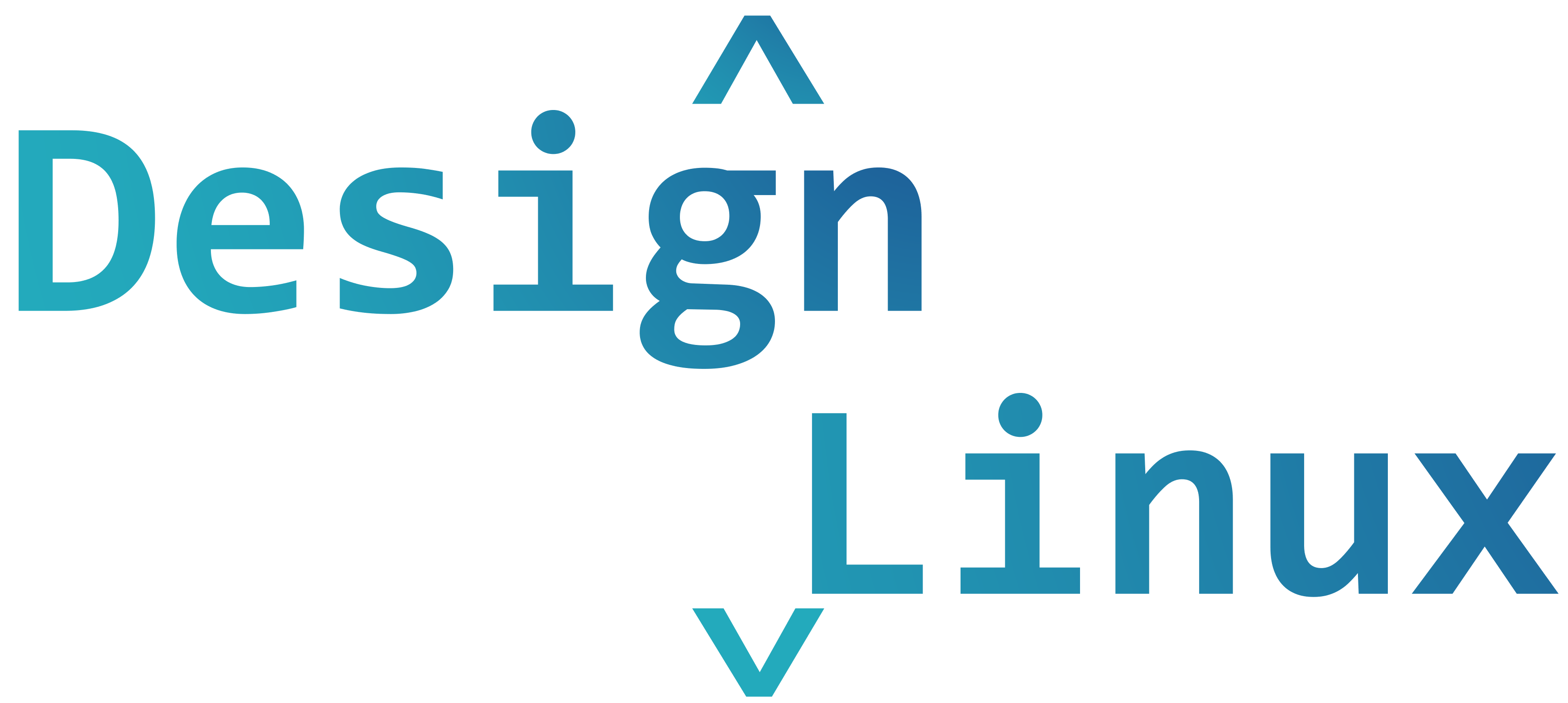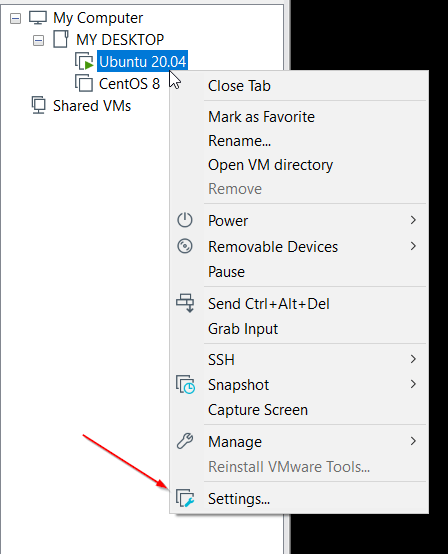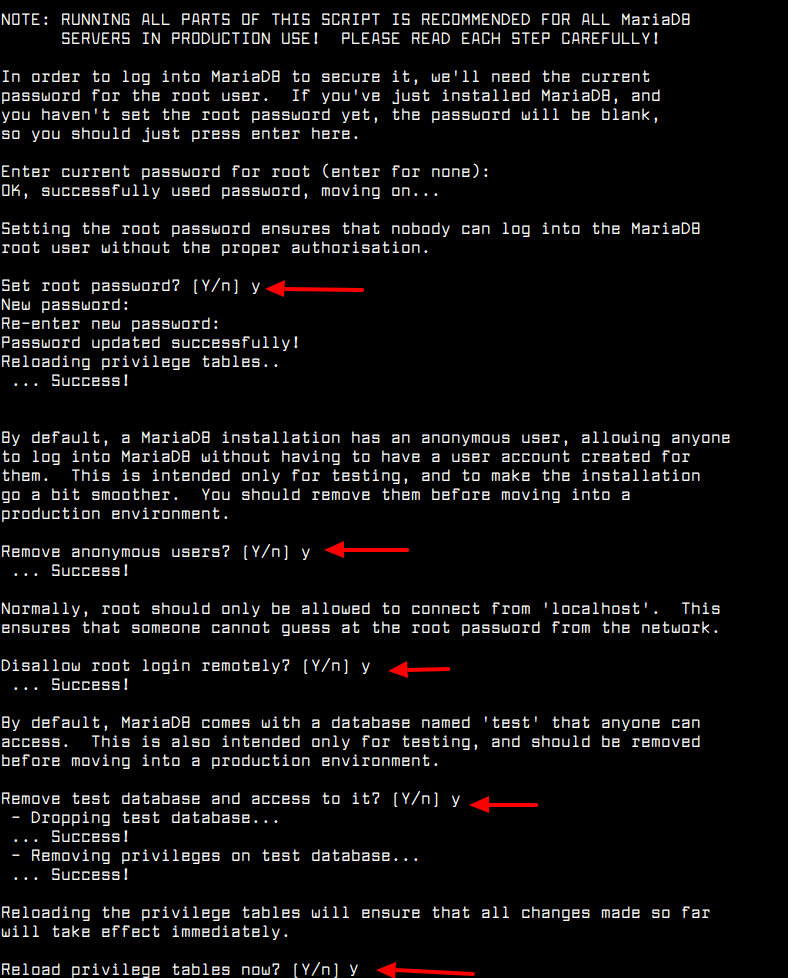Loop is the basic requirement of any programming languages. Loops are useful when you want to execute a series of commands until the certain condition is satisfied. In Bash, loops are useful for automating repetitive tasks. In this tutorial, we will see basics of for loop in Bash. There are three basic loop constructs, for
designlinux, Author at DesignLinux - Page 44 of 83
How to Backup and Restore a PostgreSQL Database
In a production environment, no matter how large or small your PostgreSQL database may be, regular back is an essential aspect of database management. In this article, you will learn how to backup and restore a PostgreSQL database. We assume that you already have a working installation of the PostgreSQL database system. If not, read
Gzip Command in Linux
The Gzip is the popular compression algorithm to reduce the size of a file with keeping file in original mode, ownership and timestamp. It also known as the .gz file format. The gzip utility is used to compress and decompress the files. In this guide, we will show you how to use the gzip command.
How to Share a Local Folder with a Remote Host Running on VMWare
In this article, we are going to see how to share a local folder with a remote host running on VMWare Workstation. If you are someone wondering what VMWare Workstation is, it is a hypervisor that runs on X64 Linux and Windows operating systems providing features to run virtual machines. You might also want to
How to Create and Select MySQL Database
MySQL is the most popular and open-source relational database management system. In this article we will show you how to create MySQL or MariaDB database through the command line. Prerequisite# Make sure MySQL or MariaDB is already installed on your system. User account should have privileges to perform actions or have root user account. Connect
How to Install Drupal on Debian 10
Written PHP, Drupal is a free and opensource content management system (CMS) that enables you to create powerful and elegant blogs or websites. It ships with preinstalled themes, widgets, and other out-of-the-box features that help you get started with little knowledge in web programming languages. It’s ideal for users who want to publish their content
Bash if..else Statement
The if statement is the most basic concepts of any programming language. In Bash, you can also use if…else, if…elif.else and nested if statements like other programming languages. In this article, we will show you the basics of the Bash if statement and use of it in your shell scripts. if Statement# If statement can
Wall command in Linux
The wall is a command line tool used to show message on the terminals of all logged-in users. wall stands for write all. Generally, it is used by system administrators to announce of maintenance and further use. This guide covers the use of wall command in Linux. The message sent using wall will display on
Linux Tee Command with Examples
The tee command is used to read the standard input and write and writes to both standard output and one or more files at the same time. Generally, tee is used with combination of other commands through piping. In this tutorial, we’ll cover the basics of using the tee command. tee Command Syntax# Below is
How to Get and Change the Current Working Directory in Python
When dealing with files in directories in Python, it is always a good idea to use absolute paths. However, if you are working with relative paths you’ll need to understand the concept of current working directory and how to find or change the current working directory. An absolute path specifies a file or directory location









